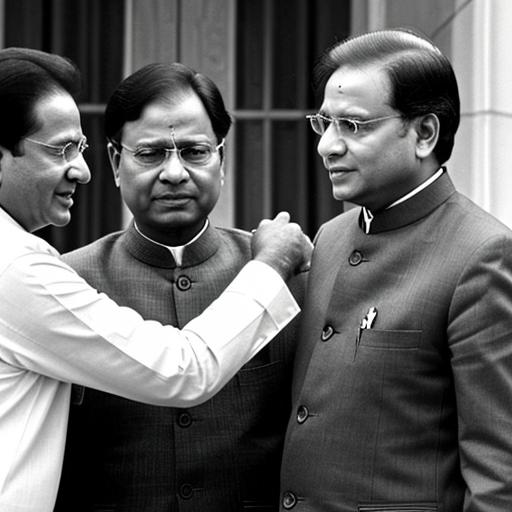Introduction:
The landscape of Indian politics is intricately woven with the legacies of political dynasties. This blog delves into the multifaceted role of political dynasties in shaping the country’s political narrative, exploring the impact on governance, public perception, and the evolving dynamics of democracy.
Historical Context of Political Dynasties
1. Legacy of Leadership:
Explore the historical roots of political dynasties, tracing their origins and the emergence of influential political families in India.
2. Dynastic Politics in Post-Independence India:
Examine the evolution of dynastic politics in the post-independence era, highlighting key families and their enduring influence.
Impact on Governance
3. Continuity and Stability:
Discuss how political dynasties contribute to a sense of continuity and stability in governance, with leaders often inheriting experience and political acumen.
4. Policy Consistency vs. Stagnation:
Explore the debate on policy consistency within political dynasties, examining both the advantages of experience and the potential challenges of stagnation.
Public Perception and Support
5. Cult of Personality:
Analyze the creation of a cult of personality around political dynasties, shaping public perception and garnering dedicated support bases.
6. Impact on Voter Behavior:
Discuss how the presence of political dynasties influences voter behavior, from emotional connections to strategic voting considerations.
Challenges and Criticisms
7. Critiques of Dynastic Politics:
Delve into common criticisms of dynastic politics, including concerns about nepotism, lack of meritocracy, and potential for dynastic conflicts.
8. Impact on Political Culture:
Explore how the prevalence of political dynasties may influence the broader political culture, shaping the expectations and aspirations of future leaders.
Dynasties and Regional Politics
9. Regional Influence and Power Dynamics:
Examine the role of political dynasties in regional politics, where familial ties often play a significant role in power dynamics.
10. Dynasties and Coalition Politics:
Discuss how political dynasties navigate coalition politics, forming alliances and impacting national governance through strategic partnerships.Shifting Dynamics in Modern Politics
11. Emergence of Non-Dynastic Leaders:
Highlight the changing landscape with the emergence of non-dynastic leaders, challenging traditional power structures and introducing new narratives.12. Youthful Leaders and Dynastic Evolution:
Explore the role of youthful leaders within political dynasties, their impact on modernizing the image of dynastic politics, and the potential for evolution.Future Implications
13. Dynasties in the 21st Century:
Peer into the future, examining the potential trajectory of political dynasties in the 21st century and their relevance in an evolving political landscape.14. Democratic Accountability:
Discuss the concept of democratic accountability within political dynasties, considering the role of citizens in shaping the political destiny of these families.Conclusion
“Legacy and Power” offers a nuanced exploration of the intricate role of political dynasties in Indian politics. From their historical origins to contemporary challenges, public perceptions, and the evolving dynamics of leadership, this blog invites readers to contemplate the complexities and implications of political legacies in the vibrant tapestry of Indian democracy.”

